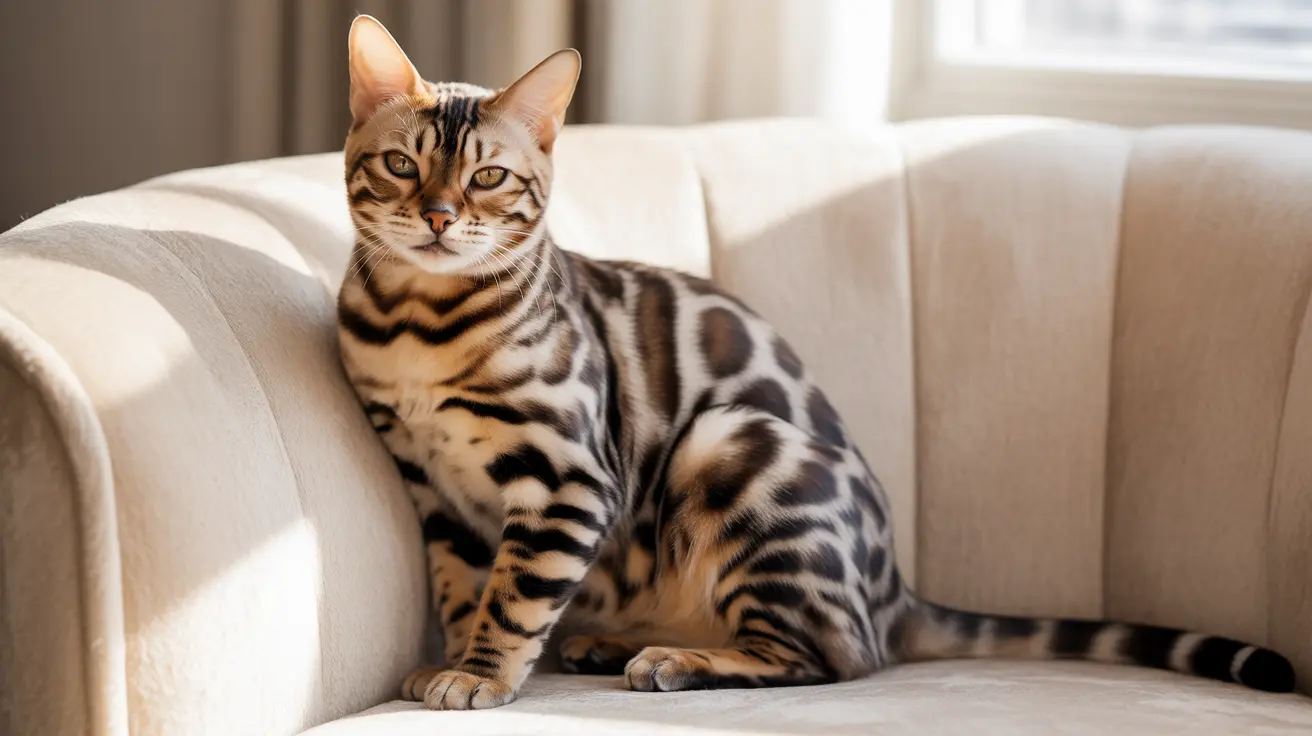Do Indoor Cats Live Longer Than Outdoor Cats?
One of the most frequently asked questions among cat owners and prospective pet adopters is whether indoor cats live longer than their outdoor counterparts. According to veterinary insights and cat aging indicators, indoor cats generally enjoy significantly longer lifespans. This difference in longevity is influenced by a variety of factors including lifestyle, health risks, and access to veterinary care.
Average Lifespan: Indoor vs. Outdoor Cats
Indoor cats typically live between 13 and 17 years. With optimal care, some can even reach their early 20s. On the other hand, outdoor cats, especially those that are feral or free-roaming, often have a lifespan of only 2 to 5 years. This stark contrast arises primarily due to the hazards associated with outdoor life.
Factors Contributing to Longer Life in Indoor Cats
- Limited Exposure to Disease: Indoor cats are less likely to contract infectious diseases such as feline leukemia virus (FeLV) or feline immunodeficiency virus (FIV).
- Reduced Risk of Injury: They are safe from vehicles, predators, and fights with other animals, which are common risks for outdoor cats.
- Stable Diet and Routine: Indoor cats usually follow a monitored diet, helping prevent malnutrition or food poisoning from scavenging.
- Better Veterinary Care: Regular wellness checks, vaccinations, and dental care are more accessible and consistent for indoor cats.
- Safe Environment: Being indoors protects them from extreme weather, environmental hazards, and human-related dangers.
Why Outdoor Cats Live Shorter Lives
Outdoor cats face an array of dangers that significantly reduce their life expectancy:
- Traffic Accidents: One of the leading causes of death for cats allowed outside.
- Predator Attacks: Coyotes, dogs, and even other aggressive cats pose a physical threat to outdoor cats.
- Infectious Diseases: Transmission is easier due to close contact with other unvaccinated or ill animals.
- Poisons and Toxins: Exposure to antifreeze, pesticides, and other substances is much more likely outside.
- Lack of Regular Nutrition: Relying on scavenging or hunting may lead to malnutrition or ingesting harmful materials.
Assessing a Cat’s Age to Monitor Longevity
Understanding a cat’s age helps tailor care to their life stage. The average human-equivalent age conversion suggests:
- 1 cat year ≈ 15 human years
- 2 cat years ≈ 24 human years
- Each additional cat year ≈ 4 human years
At 10 cat years, your pet is roughly 56 in human years. Knowing this helps guide appropriate diet, activity level, and medical attention.
Signs of Aging in Cats
As a cat ages, certain physical and behavioral indicators may emerge:
- Dental Wear: Yellowing, tartar buildup, missing teeth.
- Cloudy Eyes: Sign of nuclear sclerosis or cataracts.
- Coat Changes: Fur becomes thicker, coarser, or matted.
- Reduced Activity: Less playfulness, slower movement.
- Weight Fluctuations: Either gain or loss, due to decreased metabolism or health issues.
Special Care for Longer Life
- Kittens: Need vaccinations, socialization, and monitored feeding.
- Adults: Should receive annual vet check-ups and a balanced diet.
- Seniors: Benefit from bi-annual vet visits, dental care, joint support, and easy access to food and litter boxes.
Breed and Lifespan
Genetics also play a role. Mixed-breed cats often live longer and age more slowly compared to some purebred cats, which might be predisposed to certain health conditions.
Final Thoughts
Keeping a cat indoors not only enhances their safety but also increases their likelihood of living a longer, healthier life. With proper attention to diet, environment, and regular medical care, indoor cats can become lifelong companions for two decades or more.





